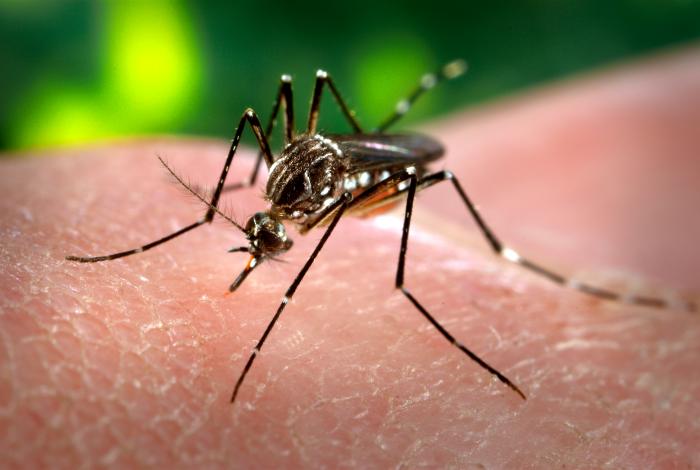
A Stunning Light Show from a Strong Protostellar Jet is Captured by Hubble
The Hubble Space Telescope captured this breath-taking image of the region known as G35.2-0.7N, which is a hotspot for high-mass star formation. Because the stars that originate in this region are so massive, they will eventually explode as obliterating supernovae. But even as they develop, they have a big impact on their environment. The region shown here contains at least one B-type star, the second most massive type, and the magnificent light show is being produced by a strong protostellar jet that it is blasting towards us.
This image, which was taken with the Wide Field Camera 3 (WFC3) placed on the NASA/ESA Hubble Space Telescope, shows the region G35.2-0.7N in the constellation Aquila, which is located roughly 7200 light-years away from Earth.
Like many of the Hubble Pictures of the Week, this stunning image was created utilising information that was primarily gathered for very particular study goals. Measuring the level of ionisation in the jets being blasted out of the protostar buried beneath G35.2-0.7N was part of the research done using this data. Ionisation is the process by which atoms or molecules acquire charge. This is frequently the result of the electrons—the minuscule negatively charged particles that circle the nuclei in atoms and molecules—that have been lost as a result of the environment’s extreme energy.
Large collimated beams of matter are emitted from protostars in the form of protostellar jets. Collimated is just a fancy way of saying that the material is ejected in parallel (column-like) streams, which means that the jets do not spread.
The magnificent show you can see in this picture is the visual effect of the expelled materials. With light being obstructed from Hubble’s perspective by the dense dust clouds that give birth to these huge stars, the nebula appears largely dark.
The star and the material jet it is generating are seen relatively close to the centre. A hole in the dust created by the jet’s force as it streams towards us can be seen there as a short, bright orange streak. The protostar’s light is revealed by the jet when it emerges from its dusty cocoon, but because of the remaining dust, the light is “reddened” to a flaming orange. At the extreme leftmost tip of this hole, the enormous protostar is located.




